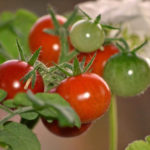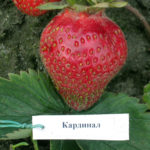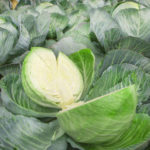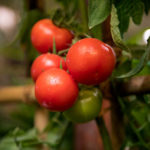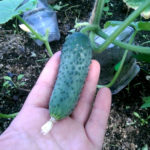Thuja western Globoza
Most of us associate conifers with thorny needles that replace leaves. A culture like thuja, unlike its counterparts, has needles that are soft to the touch. Today, by the way, it is especially popular with gardeners and landscape designers. This ephedra is presented in many forms for every taste. Right now we will get acquainted with the variety of thuja western Globoza (Thuja occidentalis Globosa), which has an unusual but very decorative appearance.

History of origin
This variety of the plant mentioned above has been known in culture for more than 140 years - since 1874. In Russia, the mentioned variety is available in St. Petersburg: in the tue alley of the Botanical Garden of the Botanical Institute of the Russian Academy of Sciences (from the end of the 19th century), in the collection of the Forestry Academy, in several of the oldest nurseries. Today it is one of the most popular varieties of western thuja, at least in our country.
Description of appearance and features
Globoza is a dwarf form that varies in height from 1.5 to 2 meters. The diameter of the spherical or rounded crown of the plant is approximately 1.8 meters. Thanks to her, and also to the densely spaced and evenly growing in different directions, flat, straight, upturned shoots, the culture looks shaggy. Consisting of soft large scales, the needles change their color depending on the season of the year. So, in spring it is sometimes light green, with the arrival of summer it is rich green, in late autumn and in winter it becomes gray-green, sometimes a bronze hue, but always with shiny glands. The fruits of the spectacular ephedra are brown small cones of an oblong or ovoid shape. Their size ranges from 0.8 to 1 centimeter.
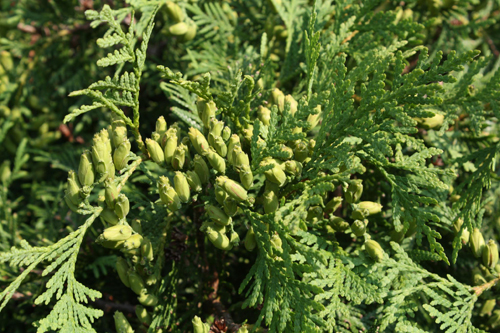
I must say that the almost spherical crown of the bush over time acquires a flattened appearance and friability. The culture itself is notable for its slow growth. Its annual growth is 5 cm. The advantage of this thuja is its high winter hardiness. Ephedra can be grown in urban environments.
Agrotechnical features
We are dealing with a shade-tolerant culture, but its better development can be achieved by planting a plant in a sunlit area or in an openwork partial shade. To plant Globoza, you will need fertile, air and permeable, moderately moist soil. The acidity level of the soil can be anything.
This is a moisture-loving ephedra. It does not do well in a dry atmosphere, although it is considered a drought-resistant variety. Thus, in comparison with other varieties of thuja, our heroine needs more frequent watering. At the same time, it does not tolerate stagnant moisture in the soil. Young plants are recommended to be watered abundantly in the spring. At any age, the coniferous culture is responsive to sprinkling the crown with soft cool water.
When Globoza is cultivated in a region with snowy winters, the shoots of the plant must be tied to prevent damage. An alternative is to establish a solid framework. The coniferous beauty tolerates pruning well, including shaping. In the spring, top dressing is carried out using a complex fertilizer. During the entire growing season, the soil under the plant is periodically loosened, after which the zone of the near-trunk circle is covered with mulch: compost, crushed bark or peat.
Use cases
The coniferous beauty can be seen in group plantings, where it coexists with other conifers or herbaceous plants. Globoza is also used to create woody and shrub compositions. This variety is used in the design of mixborders, rock gardens. It looks good at the entrance to the garden.Designers have long been using undersized thuja for landscaping school yards, city and arboretums, and other recreation areas. An ornamental plant, due to its compact size, is suitable for growing in containers. In this form, it is placed on balconies, verandas, on the roofs of residential complexes.

